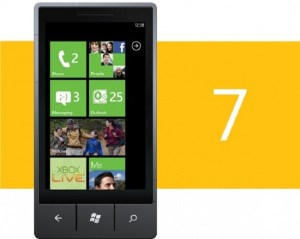
Rafael Rivera, Chris Walsh, and Long Zheng have stopped distributing ChevronWP7, a tool what enables owners of Windows Phone 7 devices to install and run unauthorized applications without having to be enrolled in the Windows Phone developer program. The tool was available for a few days, but, according to the group, has been withdrawn following contact from Brandon Watson, Microsoft’s director of developer experience for Windows Phone 7. The reason? To facilitate discussions about offering official support for homebrew applications on Windows Phone 7 devices.
“Watson has agreed to engage in further discussions with us about officially facilitating homebrew development on WP7,” the ChevronWP7 team wrote on their site. “To fast-track discussions, we are discontinuing the unlocking tool effective immediately.”
The trio is distributing a custom ringtone manager for Windows Phone 7, with source code, as a demonstration to homebrew developers.
The possibility of an official channel for homebrew applications for Windows Phone 7 devices may encourage developer adoption of the platform, lowering barriers to entry and, if Microsoft handles it well, even creating an official channel for “enthusiast” applications. It could also generate support amongst businesses looking to develop process-specific smartphone applications, although those organizations are less likely to be daunted by the hurdles to Microsoft’s existing developer programs.
The news comes shortly after ChevronWP7 developer Chris Walsh ignited a small firestorm of speculation via Twitter about future Windows Phone 7 releases, saying Microsoft is readying a “massive” update to Windows Phone 7 for release in early 2010. Walsh characterized the update by saying that “they could have called it Windows Phone 8.” Microsoft has confirmed that it intends to bring copy and paste to Windows Phone 7 in early 2011, and says that it plans to continuously update the platform to offer new capabilities.
Editors' Recommendations
- One of the best budget phones just got even better
- The best cheap phones in 2024: our 9 favorites for tight budgets
- How to unlock a phone on every carrier in 2024
- How bad is a 2012 iPhone camera in 2023? Take a look for yourself
- These developers are doing something amazing with iPhone and iPad apps


